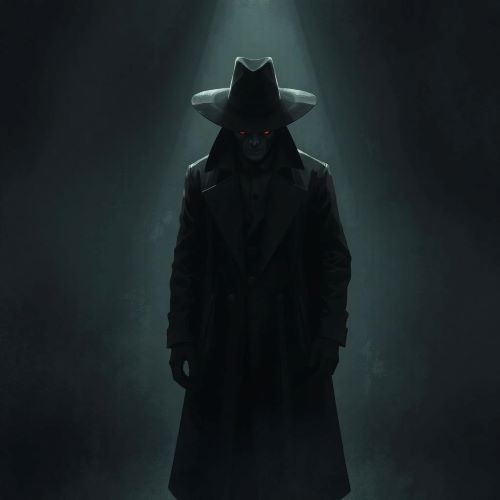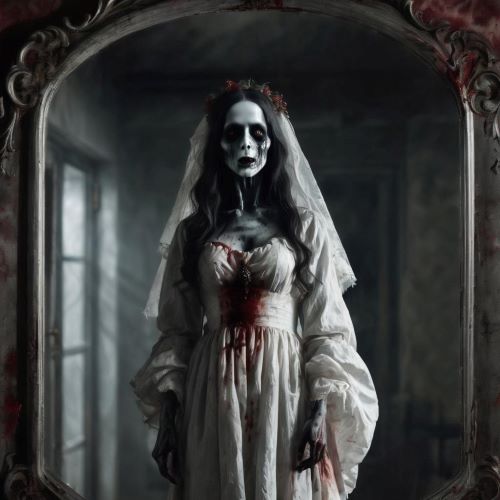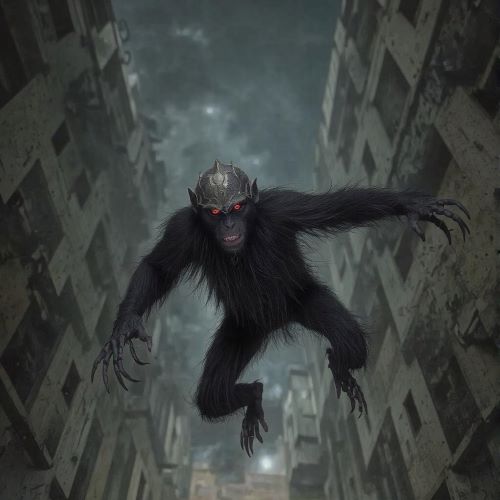Red Room : The Internet Killer
| Description | |
|---|---|
| Origin | Japan |
| Classification | Internet |
| Demeanour | Evil |
| Habitat | Online |
| Status | Not Proved |

Introduction
The Red Room Curse is a haunting Japanese urban legend about a sinister internet pop-up that seals a person’s fate. Emerging in the late 1990s and early 2000s, the tale warns of a red window appearing on a computer screen, asking, “Do you like the red room?” Those who see it are doomed, later discovered in a blood-soaked room. This modern horror story reflects deep-seated fears about technology and the hidden perils of the internet, solidifying its place in Japanese folklore.
Physical Attributes
The Red Room Curse unfolds through a sinister pop-up that appears unexpectedly on a victim’s computer. With a red background and black text, it slowly reveals the chilling question, “Do you like the red room?” in both text and a deep, unsettling voice. Attempts to close the window prove futile as it persistently reappears, each time revealing more of the ominous message. Once fully displayed, the screen fades to black, showing a list of past victims. Those who encounter it are later found dead, their rooms ominously coated in their own blood.
First Sighting/Reporting
The Red Room Curse originated in the late 1990s, stemming from an interactive Adobe Flash horror animation hosted on GeoCities. This animation depicted a young boy who encountered the ominous pop-up and met a tragic fate. Initially dismissed as mere adware, the legend took a darker turn in 2004 when it became associated with the Sasebo slashing—a shocking case where an 11-year-old girl murdered her classmate. Authorities discovered that she had bookmarked the Red Room animation on her computer, cementing its infamy and linking the urban legend to real-life horror.
Other Names
The Red Room Curse is sometimes referred to as “The Curse of The Red Room,” emphasizing the inescapable doom awaiting its victims. In Japan, it is known as “Akai Heya” (赤い部屋), which translates directly to “Red Room.” This name underscores the eerie nature of the legend, where those who encounter the pop-up meet a gruesome fate. The variation in names reflects the widespread fear and lasting impact of the story in both Japanese and global internet folklore.
Modus Operandi
The Red Room Curse follows a chilling sequence of events that inevitably leads to the victim’s demise. While browsing the internet, an individual encounters a red pop-up window displaying the cryptic question, “Do you like the red room?” Attempts to close it prove futile as it repeatedly reappears. In some versions of the legend, a list of previous victims’ names is revealed before the screen fades to red. A growing sense of dread sets in, followed by the eerie sensation of an unseen presence. The victim eventually loses consciousness and is later discovered dead, their room gruesomely stained with their own blood.
Pop Culture References
The Red Room Curse has deeply influenced pop culture, becoming a well-known urban legend. Its notoriety grew due to its connection to the Sasebo slashing and an eerie eight-minute Adobe Flash animation depicting a boy encountering the cursed pop-up after a conversation with a classmate. The concept of “red rooms” also inspired the French indie psychological thriller Les Chambres Rouges, which explores society’s obsession with serial killers. Additionally, the term “red room” may be a nod to “redrum,” the reversed spelling of “murder” made famous by The Shining. The legend has inspired short films, including The Red Room Curse (2016), and continues to thrive in horror forums and online discussions, solidifying its place in digital folklore.
Current Status
The Red Room legend remains a source of fear and fascination online. Though the original Flash animation and websites are no longer active, the story continues to spread through retellings and pop culture references. It serves as a warning about the dangers of the internet and the mystery of hidden online spaces. Some versions link the legend to dark web sites that supposedly announce a viewer’s impending death, but no real evidence of such pages exists. Many scam sites have been mistaken for the actual Red Room, adding to the myth’s eerie reputation.







